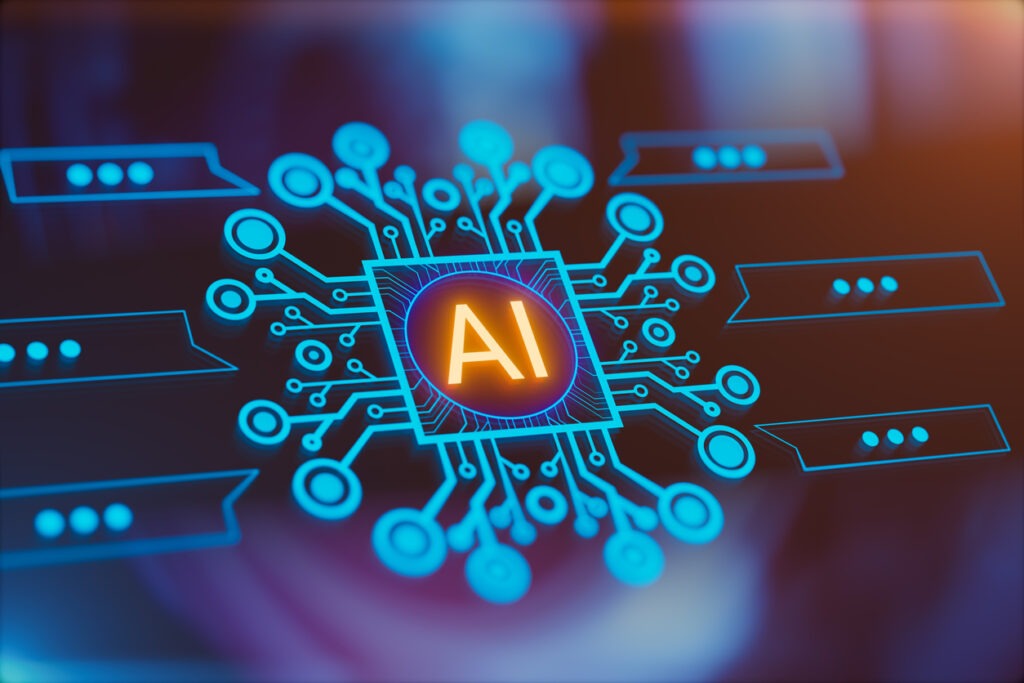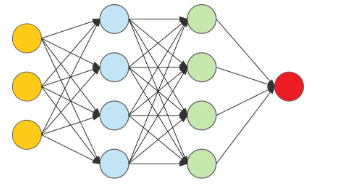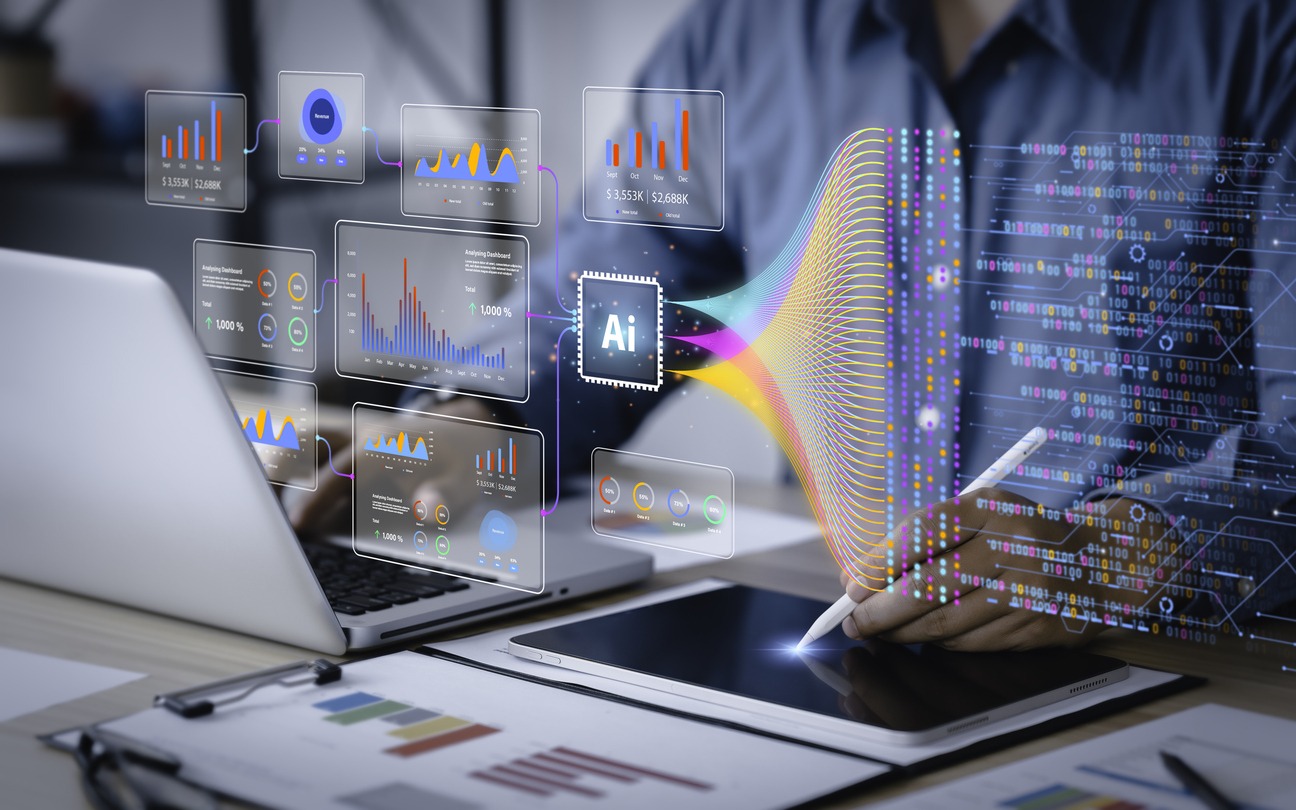Artificial intelligence is the opposite of human intelligence. It suggests that machines can imitate humans when speaking, thinking, learning, planning and understanding.
Artificial intelligence is also called machine intelligence and computer intelligence.
1. What is artificial intelligence?
Artificial intelligence is a scientific discipline that encompasses several data science areas ranging from narrow AI to strong AI, including machine learning, deep learning, big data, and data mining.
Weak AI
Limited artificial intelligence is restricted to narrow (specific) domains, like most of the AIs we have around us today (e.g. Email spam filters, text-to-speech, speech recognition, self-driving cars, e-payment, Google Maps, text auto-correction, automated translation, chatbots, social media, facial recognition, visual perception, search algorithms, robots, automated investing, NLP - natural language processing, flying drones, IBM's Dr. Watson, Apple's Siri, Microsoft's Cortana, Amazon's Alexa, Netflix's recommendations, Narrow AI is also called Weak AI).
Weak AI: Designed to simulate human intelligence. Strong AI: Designed to copy human intelligence.
Strong AI
Strong artificial intelligence is the type of AI that mimics human intelligence. Strong AI refers to the ability to think, plan, learn and communicate. Strong AI is the theoretical next level of AI: True intelligence. Strong AI is moving toward machines with self-awareness, consciousness and objective thoughts.

2 What is machine learning?
Machine learning is a subfield of artificial intelligence. “Learning machines to imitate human intelligence”.
Machine learning vs. programming
In traditional programming, algorithms are used to generate results from data:
Data + Algorithms = Results
Machine learning creates algorithms from data and results:
Data + Results = Algorithms
What are neural networks (NN)?
Neural networks are a programming technique used in machine learning that learns from mistakes. Neural networks are based on the way the human brain works. Neurons send messages to each other. As the neurons (repeatedly) try to solve a problem, they strengthen the connections that lead to success and weaken the connections that lead to failure.
Perceptron
A perceptron is an artificial neuron and the simplest possible neural network. Neural networks are the building blocks of machine learning. The perceptron defines the first step in neural networks. It represents a single neuron with only one input layer and no hidden layers.
The original perceptron was designed to process multiple binary inputs and produce a binary output (0 or 1). The idea was to use different weights to represent the importance of each input and that the sum of the values should be greater than a threshold before deciding yes or no (true or false) (0 or 1).
Imagine a perceptron (in your brain). The perceptron is trying to decide whether you should go to a concert. Is the artist good? Is the weather good? What weight should these facts have?
| Criteria | Input | Weighting |
| Artist is good | x1 = 0 or 1 | w1 = 0.7 |
| The weather is good | x2 = 0 or 1 | w2 = 0.6 |
| Friend will come | x3 = 0 or 1 | w3 = 0.5 |
| Food is served | x4 = 0 or 1 | w4 = 0.3 |
Neural networks are multilayer perceptrons. In its simplest form, a neural network consists of:
One input level (yellow)
A hidden layer (blue)
An output layer (red)
In the neural network model, input data (yellow) is processed on a hidden layer (blue) before the final output (red) is generated.

Image source: W3schools.com
The first layer: The yellow perceptrons make simple decisions based on the inputs. Each individual decision is sent to the perceptron in the next layer.
The second layer: The blue perceptrons make decisions by weighing the results of the first layer. This layer makes more complex decisions at a more abstract level than the first layer.
Deep neural networks
Deep neural networks consist of multiple hidden layers of neural networks that perform complex operations on huge amounts of data. Each subsequent layer uses the previous layer as input. For example, in optical reading, lower layers are used to detect edges and higher layers are used to detect letters.

In the Deep Neural Network Model, input data (yellow) is processed on a hidden layer (blue) and modified on further hidden layers (green) to produce the final output (red).
Image source: W3schools.com
The first layer:
The yellow perceptrons make simple decisions based on the inputs. Each individual decision is sent to the perceptron in the next layer.
The second layer:
The blue perceptrons make decisions by weighing the results of the first layer. This layer makes more complex decisions at a more abstract level than the first layer.
The third layer:
Even more complex decisions are made by the green perceptron.
What is deep learning (DL)?
Deep learning is a subset of machine learning that is responsible for the AI boom of recent years. It is an advanced type of ML that takes on complex tasks such as image recognition.
Machine learning
-
- An area of AI
-
- Uses smaller data sets
-
- Trained by humans
-
- Creates simple algorithms
Multi-layered learning
-
- An area of machine learning
-
- Uses larger data sets
-
- Learns by itself
-
- Creates complex algorithms

